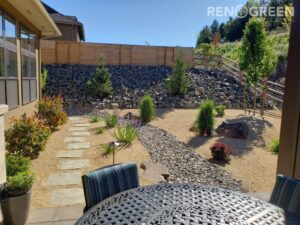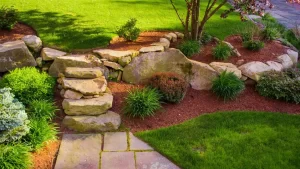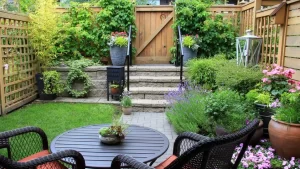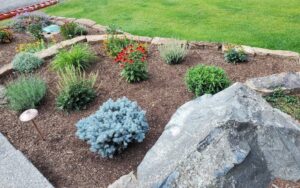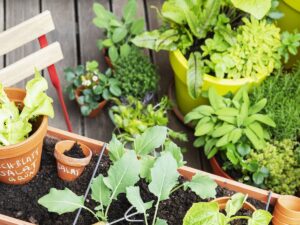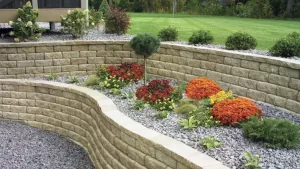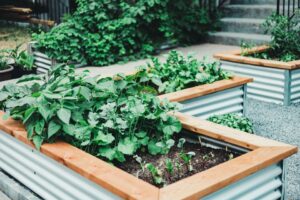How to Save Money Growing fun and Exciting Seasonal Plants
10 February, 2024
Growing fun and exciting seasonal plants can be a rewarding and budget-friendly endeavor. Here are some tips to help you save money while enjoying a variety of seasonal plants:
- Plan Ahead: Research the plants you want to grow and create a planting schedule based on their specific growing requirements and seasonal availability. This will help you avoid impulse purchases and ensure that you're only buying what you need.
- Start from Seeds: Starting plants from seeds is often more cost-effective than buying seedlings or mature plants. You can purchase seeds for a wide variety of seasonal plants at a fraction of the cost of established plants.
- Save Seeds: Once you've grown plants from seeds, save the seeds from your favorite varieties to use in future seasons. This will save you money on seed purchases and allow you to continue growing plants that you enjoy.
- Propagate from Cuttings: Many plants can be propagated from cuttings, allowing you to create new plants for free. Research propagation techniques for the plants you're interested in growing and experiment with rooting cuttings to expand your garden without spending money.
- Swap Plants with Friends and Neighbors: Exchange plants, seeds, and cuttings with friends, family, and neighbors who are also gardening enthusiasts. This is a great way to diversify your garden without spending any money.
- Shop Sales and Discounts: Take advantage of sales, discounts, and clearance offers at garden centers, nurseries, and online retailers. Look for end-of-season sales, bulk discounts, and special promotions to save money on plants and gardening supplies.
- Grow Perennials: Invest in perennial plants that come back year after year, reducing the need to purchase new plants each season. Choose perennial varieties that are well-suited to your climate and growing conditions for the best results.
- Choose Easy-to-Grow Plants: Focus on growing plants that are well-adapted to your local climate and require minimal care and maintenance. Easy-to-grow plants are less likely to suffer from disease and pests, reducing the need for costly treatments and interventions.
- Use Homemade or Low-Cost Garden Supplies: Make your own compost, potting mix, and organic fertilizers using kitchen scraps, yard waste, and other organic materials. This will save you money on store-bought garden supplies and help improve soil health and plant growth.
- Practice Companion Planting: Planting complementary crops together can help improve soil fertility, reduce pest problems, and increase yields. Research companion planting techniques and experiment with planting combinations to maximize the productivity of your garden.
By implementing these tips, you can grow fun and exciting seasonal plants without breaking the bank. Enjoy the process of gardening and take pride in the beautiful and bountiful garden you create on a budget.
- Gardening
- hardscape
- Landscape
- Lawn
- Plantation and Maintenance
Categories
Latest Post
- Gardening
- hardscape
- Landscape
- Lawn
- Plantation and Maintenance





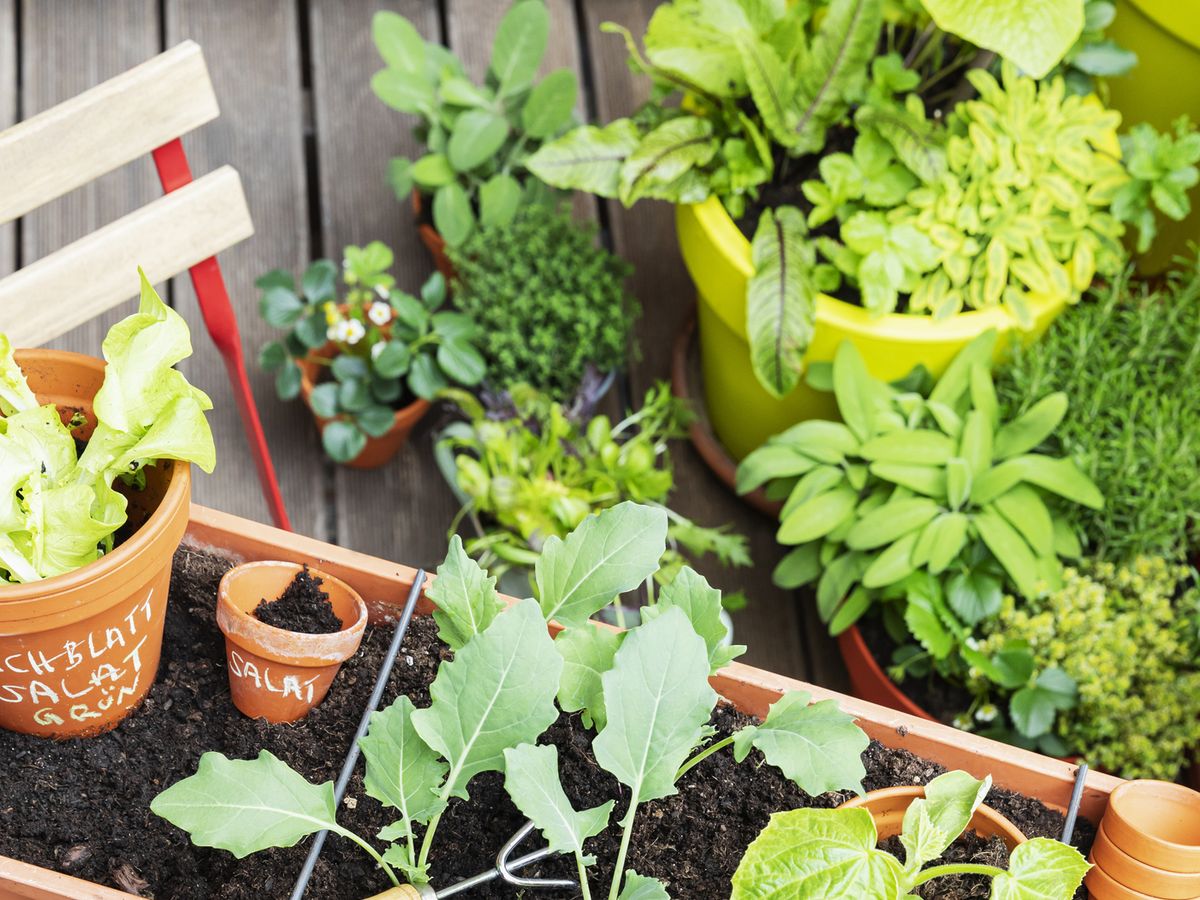
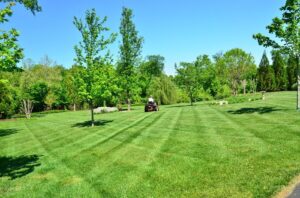
 .
.

